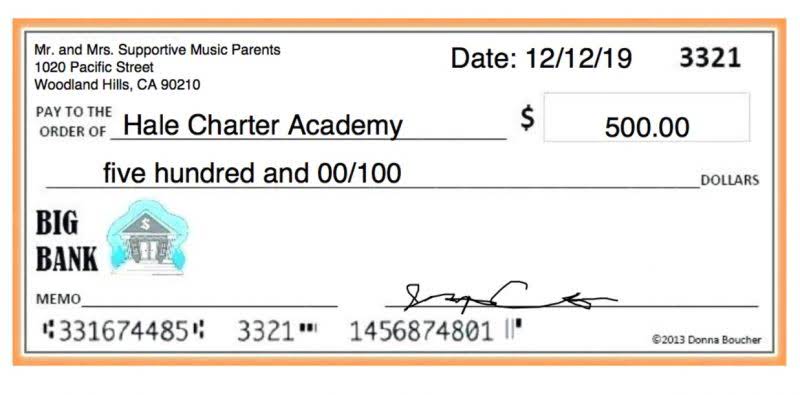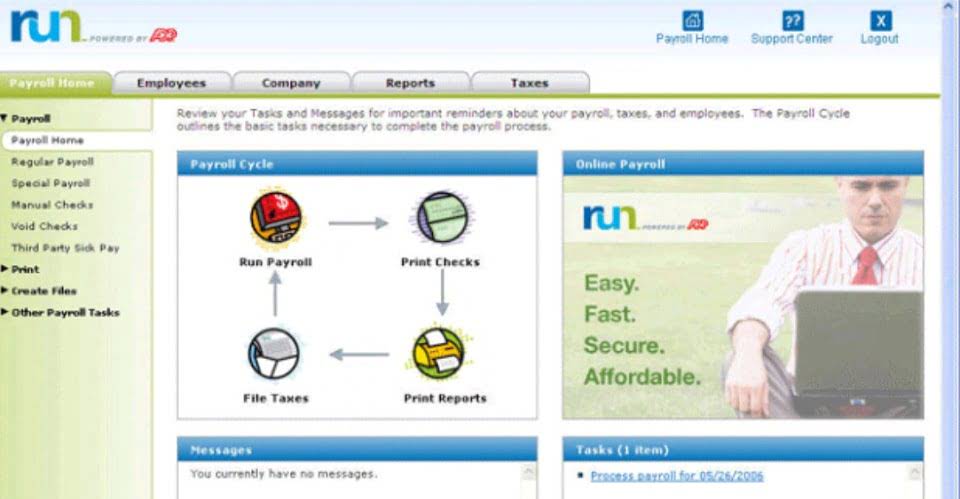
Global FPO takes pride in its extensive and highly skilled workforce of accounting professionals. Since bookkeeping is a more straightforward process than accounting, it is something that many people can (and do) opt to take care of themselves. As your business grows and you begin making higher profits, hiring staff and handling more transactions, however, it may make sense to outsource the details of bookkeeping to someone else.
Reconcile accounts regularly
Pioneered the adoption of innovative IT solutions that notably reduced operational costs and improved data accuracy in bookkeeping and accounting processes. Directed multiple financial audits and compliance initiatives, ensuring strict adherence to regulatory standards and industry best practices in income statement accounting and bookkeeping. The international financial reporting standards (IFRS), set by the International Accounting Standards Board (IASB), is an alternative to GAAP that is widely used worldwide.
Bookkeeping Simplified.Tax Credits Unlocked.
- Learn more about Bench, our mission, and the dedicated team behind your financial success.
- While some may start with $300, they make progress by learning new skills, improving their profiles, and pitching for higher-paying work.
- To make it even easier, bookkeepers often group transactions into categories.
- Companies can present certain figures without following GAAP guidelines, as long as they identify them as non-GAAP.
- Besides, they employ secured encryption technology and advanced software that ensure data privacy and safety.
We uphold US GAAP standards, offering personalized bookkeeping services tailored to meet the unique challenges of businesses nationwide. In this module, you will learn how bookkeepers using accounting software to record transactions. You will also further your understanding of the accounting cycle by learning how to create trail balances and produce financial statemnets. A bookkeeper’s primary task is to keep a track of the financial transactions of a business and generate relevant, accurate reports. These reports help the accountants, and the business owners, understand the financial position of the business.

How to Read (and Analyze) Financial Statements
- Bookkeeping involves the recording, on a regular basis, of a company’s financial transactions.
- You will dive into the accounting concepts and terms that will provide the foundation for the next three courses.
- Generally accepted accounting principles are considered to be rules-based.
- By following these steps, the organization can maintain accurate records, ensure compliance, and provide timely and insightful financial information to support strategic decision-making.
- As a bookkeeper, you’re responsible for maintaining accurate financial records and handling all the accounting processes for a business.
- Handpick talent that aligns perfectly with your requirements to form a customized team.
Our certified accountants and bookkeepers are well-versed in all facets of financial management and have 11+ years of experience in accounting. We are equipped to handle the unique accounting requirements of every size organization, from sole proprietors to large corporations. We are equipped to handle the Cash Flow Management for Small Businesses unique accounting requirements of every size organization.


Global FPO understands that every business has unique bookkeeping companies staffing requirements. With our Build Your Own Team concept, you have the flexibility to hire part-time or full-time teams, depending on your business needs. We understand that every business is unique and has its own set of requirements. With Global FPO’s Build Your Own Team concept, you have the flexibility to create a team that caters to your specific needs. We have a defined structure for each client wherein we assign a review manager to ensure that all the work that comes in from our clients goes out with a thorough review. Certified Management Accountants (CMA) from IMA validate skills in management accounting and financial planning.





